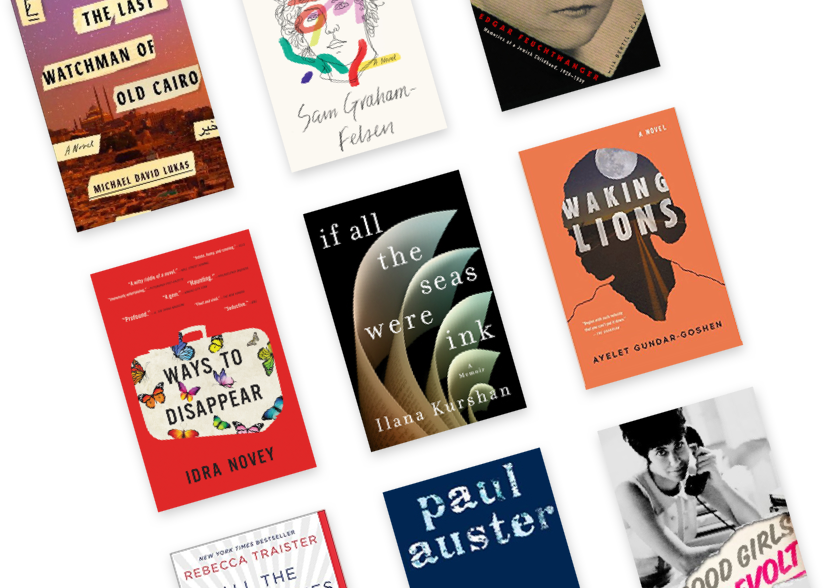How can contemporary Jewish poets adequately respond to the history of our time when it is continually and rapidly revising itself? How do we describe countries, languages, and borders that we experienced but that no longer exist; articulate the slippage of political beliefs that we thought were unshakeable; and remember ancestors whom we can neither locate nor even begin to imagine? Finally, what foundation can we discover, and hold in our grasp, to keep ourselves in balance against these swiftly changing narratives?
Mort’s implied answer to these questions — unfolding over the course of a lyrical journey through Mostar, Paris, Berlin, Birkenau, Gdansk, Jericho, Jerusalem, Nablus, and New York City— lies in the power of poetic memory itself. Unlike “official” memories offered by news media and national institutions, poets can layer opposing histories on top of each other, insisting that we keep the different realities present in our consciousness:
I recognize the hotel on the evening news.
You tell me the outdoor café
is now a mass grave, bodies piled on top of the patio
where I sat a year ago, sipping cold beer served
by a waiter in a formal vest and bow tie.
(“In Mostar, City of Bridges”)
In this and other poems, Mort juxtaposes and offers her own remembrances, which are startling, beautiful, and sometimes painful. When it comes to the Middle East, Mort notes sardonically “in this country even the ghosts have ghosts” (“In the Kinneret Cemetery”), and at a party in Jericho she writes:
We look around the room—
pick out the fortunate ones:
a Spanish journalist, me …
… and then the rest
who return home to Beit Hanina,
the neighborhood without passports.
(“Nighttime in Jericho”).
Fully aware of the severe inequities governing relations between Israelis and Palestinians (the poet ironically refers to “non-Palestine” in her poem “Route 443”), Mort depicts cities like Bethlehem as surreal spaces where Good Shepherd Beer stalls are flanked by Israeli jeeps. At the same time, she marvels at an Orthodox woman praying in a subway car back in New York and celebrates the beautiful voice of a female rabbi in an American synagogue.
For Mort, it is the poet’s job to continually weave together these different accounts and these different understandings of being Jewish now — asking us to sit with all of them.
Appropriately, at a reading in New York, where a friend reads poems about Jerusalem at the French Cultural center, Mort asks herself and us:
Who are we, poets
and fans, to push the essence of the war
away from our faces, out of our minds,
even for an hour as we praise metaphor
over answers? Even asking a question is enough—
an important beginning…
(“Time Zones”)
Mort repeatedly asks questions about poetry, about Jewish identity, and about who we are as people in the early twenty-first century, in ways that are both unsettling and invigorating:
Say what will become of us.
What will we become?
(“In the Kinneret Cemetery”)
Stephanie Barbé Hammer’s is a 7‑time Pushcart Prize nominee in fiction, nonfiction, and poetry. Her new novel Journey to Merveilleux City appears with Picture Show Press.

